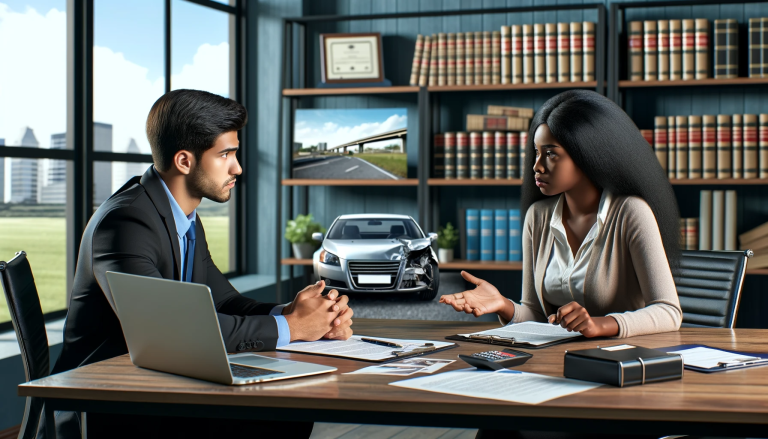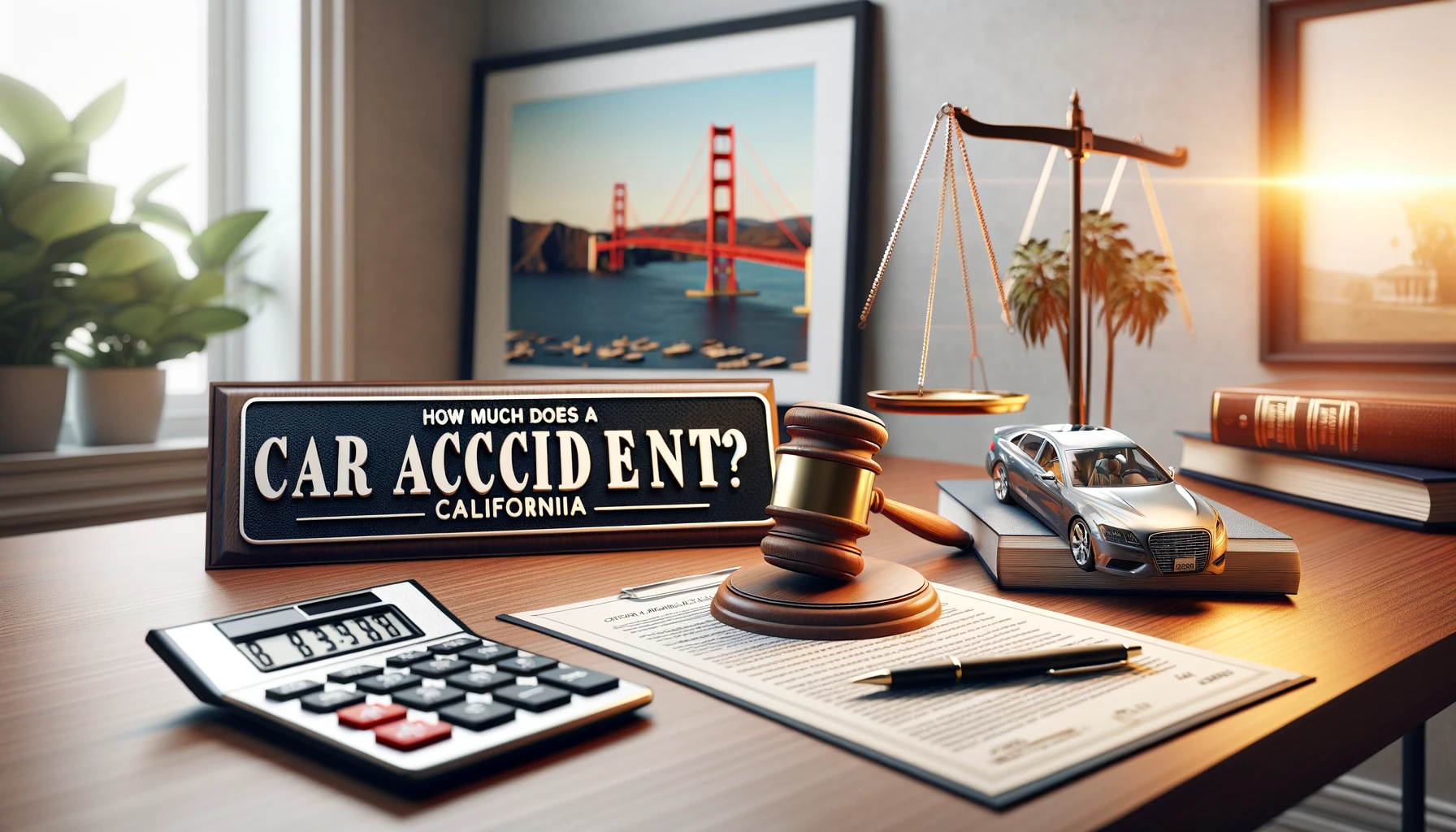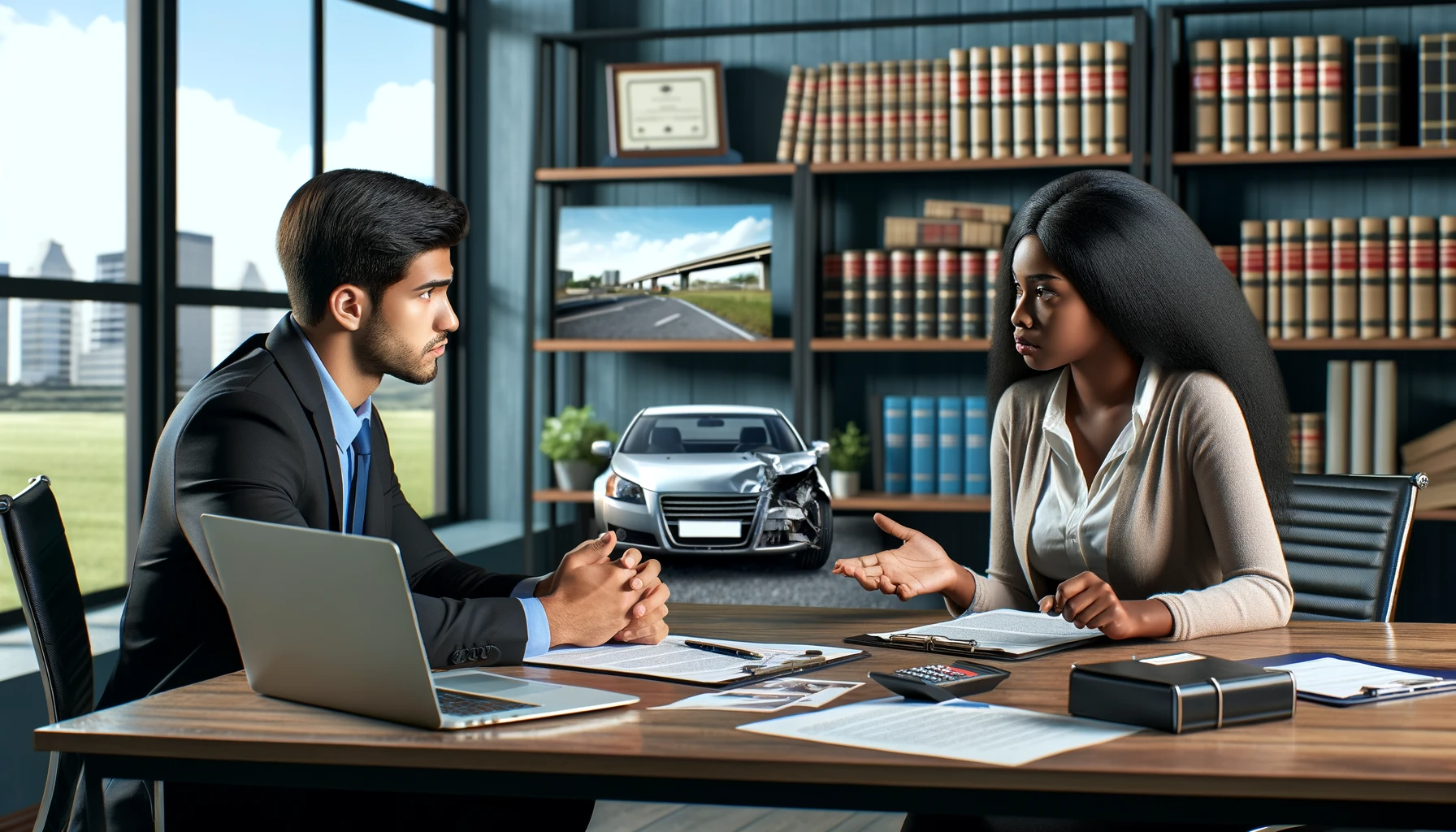[vc_row][vc_column][vc_column_text]If you've ever driven on the freeways of Southern California, you've almost certainly experienced a phantom traffic jam. Sure, the traffic jam itself is real, but the cause of the slowdown seems to be an absolute mystery. The backup disappears with no evidence of a collision, no tow truck, no vehicle with a flat tire, no highway patrol, no ladder in lanes, just nothing. You may have briefly wondered what caused the mystery backup after arriving five minutes late to your destination, but probably forgot all about it ever happening immediately after. The exact cause of any phantom traffic jam may remain a mystery, but understanding how traffic jams form can provide some clues.
As one vehicle slows down, all the vehicles behind it must also slow down. Humans tend to have a delayed reaction time and are prone to overreaction. Let's say traffic is flowing at 50 mph. A blue car lightly taps the brakes because a vehicle merged ahead of it, briefly slowing to 45 mph. Now, to avoid a rear-end collision, all cars behind the blue car must also lightly tap the breaks and slow to 45 mph. A red car in that long line overreacts, strongly tapping the brakes, slowing to 30 mph. Now all cars behind the red car must slow to 30 mph to avoid rear-ending the car in front of it. A white car fails to see everyone slowing to 30 mph and eventually slams on the brakes, stopping completely. Every car behind the white car must now stop completely to avoid hitting the vehicle in front. A traffic jam has officially formed without a collision occurring.
In 2008, the University of Nagoya was able to demonstrate the creation of a phantom traffic jam in an experiment. You can watch footage of that here.
All it takes to create a traffic jam is one inconsiderate, aggressive, or inattentive driver. That driver is likely not even aware of the inconvenience he or she is creating for every other vehicle. Now, not every incident of lightly tapping one one's brakes is going to cause a traffic jam. Traffic jams are much more likely to form in dense traffic. On the freeways, for example, drivers will see many more traffic jams during rush hour when traffic density is at its peak. At high levels of traffic density, traffic jams will almost always form, even on perfect roadways. And as any Southern California driver who has ever driven on the 405 can attest, we don't have perfect roadways, so we should be prepared for the next traffic jam.
Experts say that drivers who identify traffic ahead and anticipate the need to brake early don't have to slam on the brakes and potentially cause a backup for other drivers. Other remedies to the problem of phantom traffic jams point to automation. Lowering the speed limit dynamically when a traffic jam is detected miles ahead could break a traffic jam or prevent a larger one from forming. Autonomous vehicles could also prevent traffic jams, as the vehicles would be able to talk to each other to avoid a backup in traffic. These futuristic solutions are several years or even decades away from becoming reality.
One surefire way for a traffic jam to form is a car accident. The car accident attorneys at Law Offices of Scott Warmuth help the victims of car accidents pursue their personal injury claims with expert guidance and advocacy. For a free injury consultation, call us today at 888-517-9888.[/vc_column_text][/vc_column][/vc_row]
How do Traffic Jams Form?
Topics: Auto Accident
Oct 25th, 2019










